
Senior physics writer Emily Conover joined Science News in 2016. She has a Ph.D. in physics from the University of Chicago, where she studied the weird ways of neutrinos, tiny elementary particles that can zip straight through the Earth. She got her first taste of science writing as a AAAS Mass Media Fellow for the Milwaukee Journal Sentinel. She has previously written for Science Magazine and the American Physical Society. She is a two-time winner of the D.C. Science Writers’ Association Newsbrief award, and a winner of the Acoustical Society of America’s Science Communication Award.

Trustworthy journalism comes at a price.
Scientists and journalists share a core belief in questioning, observing and verifying to reach the truth. Science News reports on crucial research and discovery across science disciplines. We need your financial support to make it happen – every contribution makes a difference.
All Stories by Emily Conover
-
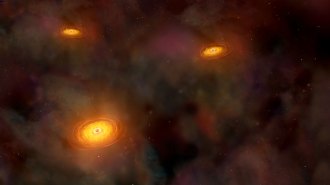 Quantum Physics
Quantum PhysicsQuantum mechanics means some black hole orbits are impossible to predict
Computer simulations reveal that foreseeing the paths of three orbiting objects sometimes requires precision better than the quantum limit.
-
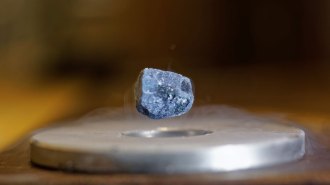 Physics
PhysicsA mysterious superconductor’s wave could reveal the physics behind the materials
Scientists finally spotted a pair-density wave in a high-temperature superconductor.
-
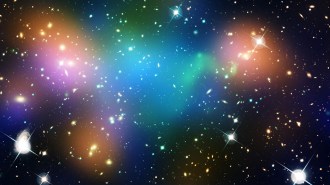 Particle Physics
Particle PhysicsParticles called axions could reveal how matter conquered the universe
Axions, if they exist, may solve not one, not two, but three pressing puzzles of particle physics.
-
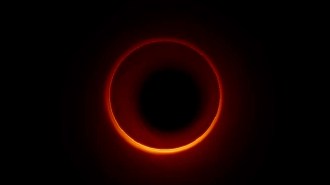 Physics
PhysicsNew telescopes could help spot ‘photon ring’ of the first black hole ever imaged
Expanding the Event Horizon Telescope by adding telescopes in space could help capture the rings around galaxy M87’s supermassive black hole.
-
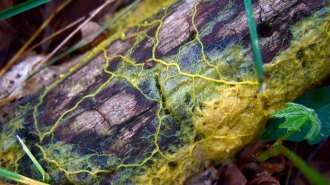 Physics
PhysicsHow slime mold helped scientists map out the cosmic web
Tapping a similarity between a slime mold’s lacy web and the vast threads of matter that connect galaxies, astronomers visualized the cosmic web.
-
 Physics
PhysicsEven a weird hypernucleus confirms a fundamental symmetry of nature
A particle accelerator experiment reveals that a symmetry of nature holds up and hints at what could lurk at the heart of a neutron star.
-
 Particle Physics
Particle PhysicsPhysicists have narrowed the mass range for hypothetical dark matter axions
In two new studies, scientists search for axions within new mass ranges but the particles remain elusive.
-
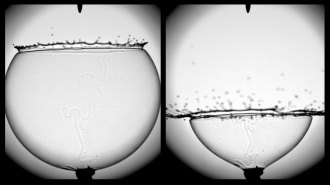 Physics
PhysicsListening to soap bubbles pop reveals the physics behind the bursts
The quiet, high-pitched sound made by a popping soap bubble reveals the forces that occur during the bubble’s demise.
-
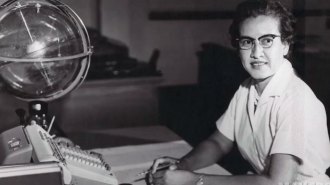 Space
SpaceNASA icon Katherine Johnson has died at the age of 101
The “Hidden Figure” captured the public’s admiration after the story of her career was publicized in a 2016 book and film.
-
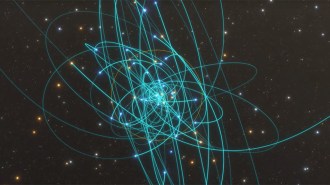 Physics
PhysicsThis fundamental constant of nature remains the same even near a black hole
A number that sets the strength of electromagnetic interactions isn’t altered by the extreme gravity around the Milky Way’s supermassive black hole.
-
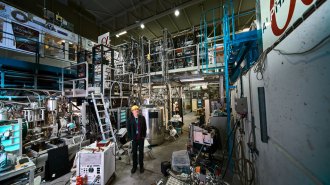 Particle Physics
Particle PhysicsAntimatter hydrogen has the same quantum quirk as normal hydrogen
Atoms of antihydrogen are affected by the Lamb shift, which results from transient particles appearing and disappearing.
-
 Physics
PhysicsThe fastest way to heat certain materials may be to cool them first
A theoretical study reveals that, in certain situations, some materials might heat up more quickly after first being cooled.